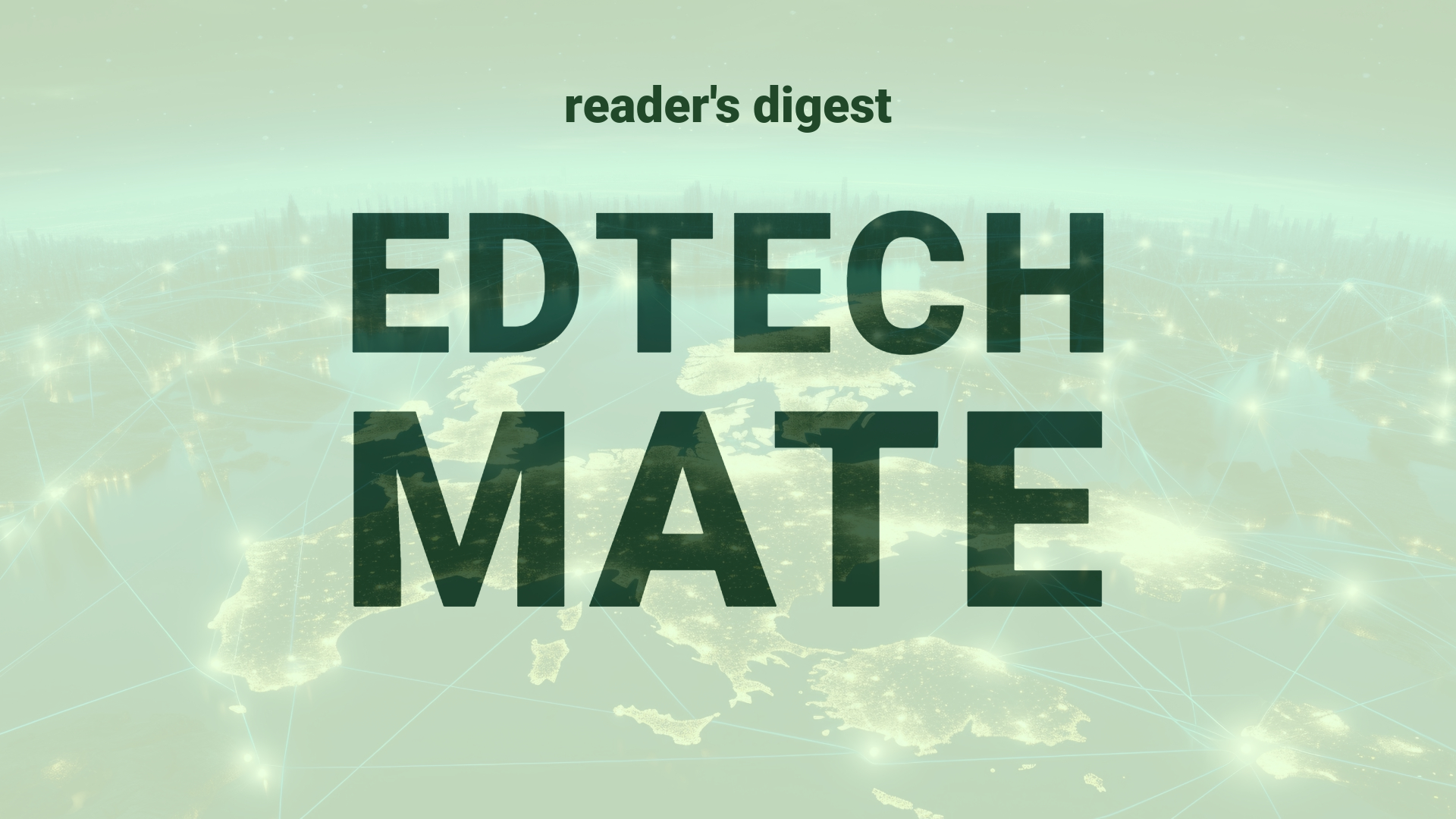Executive Summary and Main Points
This report focuses on the latest innovations and trends within the realm of education technology as they pertain to global higher education dynamics. The utilization of digital tools and platforms has increasingly become integral to the international education sector, advancing both pedagogical approaches and administrative processes. Key innovations include artificial intelligence (AI) driven adaptive learning systems, scalable online learning platforms, and the integration of micro-credentialing in higher education curricula. Trends point towards the strategic partnerships between educational institutions and tech companies, the rise of virtual exchange and collaboration programs, and the increasing acknowledgment of digital credentials.
Potential Impact in the Education Sector
The developments mentioned are poised to significantly impact Further Education, Higher Education, and the burgeoning sector of Micro-credentials. AI and digital transformation are enabling more personalized learning experiences in Further Education, enhancing student engagement and improving accessibility. In Higher Education, these technologies facilitate cutting-edge research methodologies and foster international collaboration through digital platforms. The proliferation of Micro-credentials could lead to a more flexible and skills-oriented education market, allowing for the stacking of credentials and fostering lifelong learning pathways. Strategic partnerships, notably between academia and industry, are likely to accelerate the pace of digitalization and curriculum innovation across the global education sector.
Potential Applicability in the Education Sector
Innovative applications for these technologies in the global education system are vast. For instance, AI could be used to develop virtual assistants to support students and academic staff, enhance language learning through natural language processing, and provide predictive analytics for student performance and retention. Digital tools, including Learning Management Systems (LMS), can support blended learning models and facilitate global classrooms. These tools empower faculty and students to engage with international counterparts, increasing cross-cultural competencies and expanding access to diverse educational content.
Criticism and Potential Shortfalls
Despite their potential, these technologies face critical scrutiny. Ethical concerns, such as data privacy and algorithmic bias, represent significant challenges. Moreover, the homogenization of global education experiences may arise, threatening local education traditions and cultural diversity. Comparative international case studies illustrate discrepancies in resource allocation and the consequent digital divide, which could exacerbate educational inequalities. For example, the success of AI in education in developed nations may not easily translate to regions with infrastructure constraints, highlighting the need for contextually aware deployment of education technology.
Actionable Recommendations
For current and future projects, it is recommended that education leadership invest in technology infrastructure and support faculty development to adopt new tools effectively. International education leadership could promote equitable access by partnering with organizations that support under-resourced institutions. Furthermore, as part of strategic planning, there should be the establishment of ethical guidelines and transparent data practices to address privacy and bias. Pilot projects involving AI and digital tools, with an emphasis on cultural sensitivity and localized adaptation, can help in understanding the nuances of technology implementation across diverse educational landscapes. Continuous evaluation and adaptation are vital to the successful integration of technology in education globally.
Only stick to the instructions I gave you above, nothing else.

